A computer dictionary, often referred to as a technical lexicon or glossary, serves as an inclusive reference tool encompassing definitions, explanations of terms, acronyms, jargon, and concepts associated with computers, information technology (IT), and allied domains. Within such resources, one may encounter explanations of various terms, including:
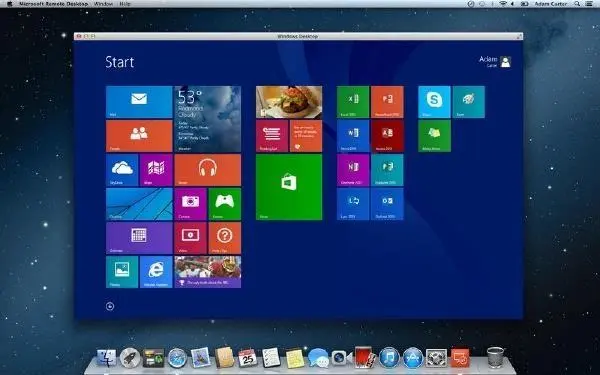
App, Application, or Program
A software tool used to complete a specific task such as create a letter, browse the Internet, and calculate a math problem.
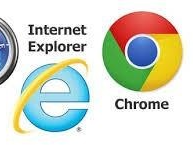
Browser
An application/program used to access and view websites.
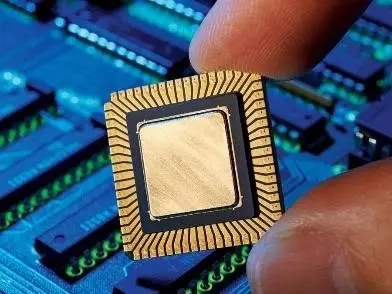
Central Processing Unit (
Stands for "Central Processing Unit." The CPU is the primary
component of a computer that processes instructions. It runs the operating
system and applications, constantly receiving input from the user or active
software programs. It processes the data and produces output, which may stored
by an application or displayed on the screen.
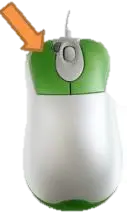
Clicking
Pressing and releasing the left (primary) mouse button. Can also be called left-clicking.
|
Quickly press and release the primary (left) mouse button twice. |
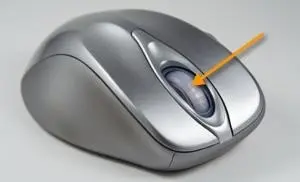
Scroll Wheel
The center wheel/button on a mouse that performs a range of special page
movement functions.
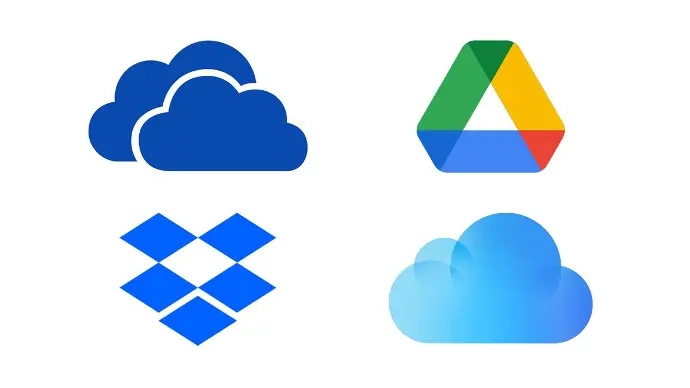
CLOUD
Where we store and access data and programs over the Internet instead of
your computer's hard drive.

Cursor
A highlighted or bright (sometimes blinking) line or other mark that shows where information is being input; that is, where the next letter or character will appear.
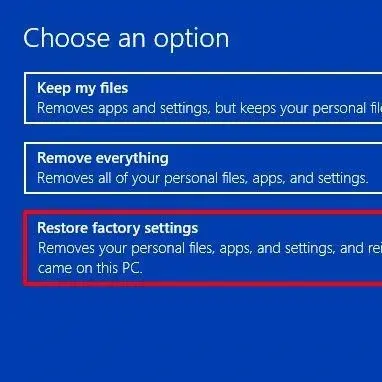
Default
"Factory setting" for any given option in a software program or operating system.
DEFRAGMENTATION
Defragmentation is the process of consolidating fragmented files on the user's hard drive. The process of defragmentation moves the data blocks on the hard drive around to bring all the parts of a file together.
DOWNLOADING
To download data or software means to transfer it to your computer or phone from another device or from the internet.
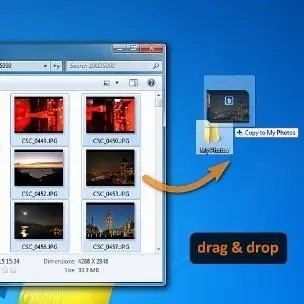
DRAG & DROP
Points the mouse at an icon or folder, presses the button and without releasing the button, moves the icon or folder to another place on the computer where the button is released.
E-MAIL & E-MAIL ADDRESS
|
Private messages, called electronic mail, that are sent and received over a computer network. Your “digital address” or where people can send you mail on the internet. |
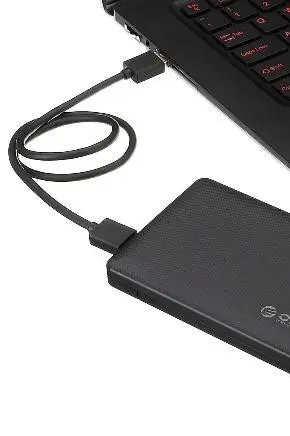
EXTERNAL HARD-DRIVE
An external hard drive is a storage device located outside of a computer that is connected through a USB cable or wireless connection. An external hard drive is usually used to store media that a user needs to be portable, for backups, and when the internal drive of the computer is already at its full memory capacity. These devices have a high storage capacity compared to flash drives and are mostly used for backing up numerous computer files or serving as a network drive to store shared content. .
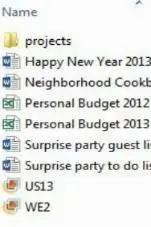
FILE EXPLORER , FILE & FOLDER
|
Directory that includes all Files and Folders |
|
A piece of computer information-document, spreadsheet, music, video, etc. |
|
Just like a file folder in a filing cabinet, a file is where documents (letters, spreadsheets, etc.) are kept. |
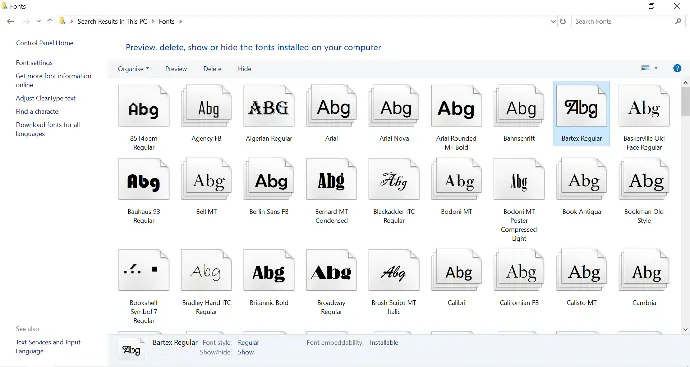
FONTS
In metal typesetting, a font is a particular size, weight and style of a typeface. Each font is a matched set of type, with a piece for each glyph. A typeface consists of various fonts that share an overall design.

FORMATTING
Changing the way that text, graphics, tables and other elements looks on
the page.
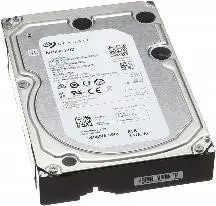
HARD DRIVE
Located inside your computer; location where you store data including the
operating system.
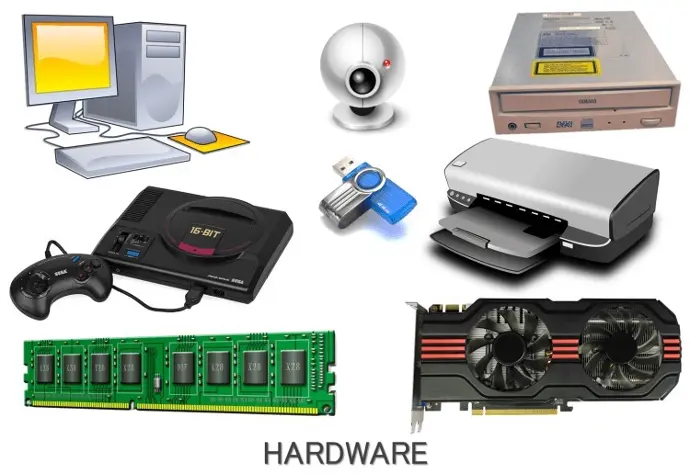
HARDWARE
The physical equipment of the computer system that you can see and touch.

HIGHLIGHT
Click and drag across a word or sentence to highlight it. When it is
highlighted you can make changes to it.

HOVER (MOUSE OVER)
Position the mouse pointer over top of an icon without clicking the icon.
ICON
A small picture used to represent a file or program.
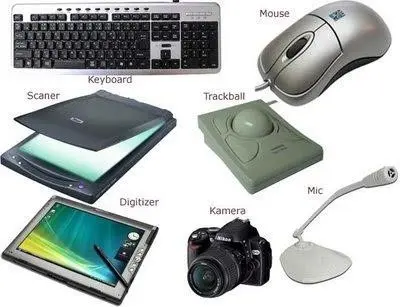
INPUT & INPUT DEVICES
Whenever you enter data into your computer, it is referred to as input. This can be text typed in a word processing document, music, video etc.
The computer parts or device which are used to give
data and instruction into the computer system are called input devices.
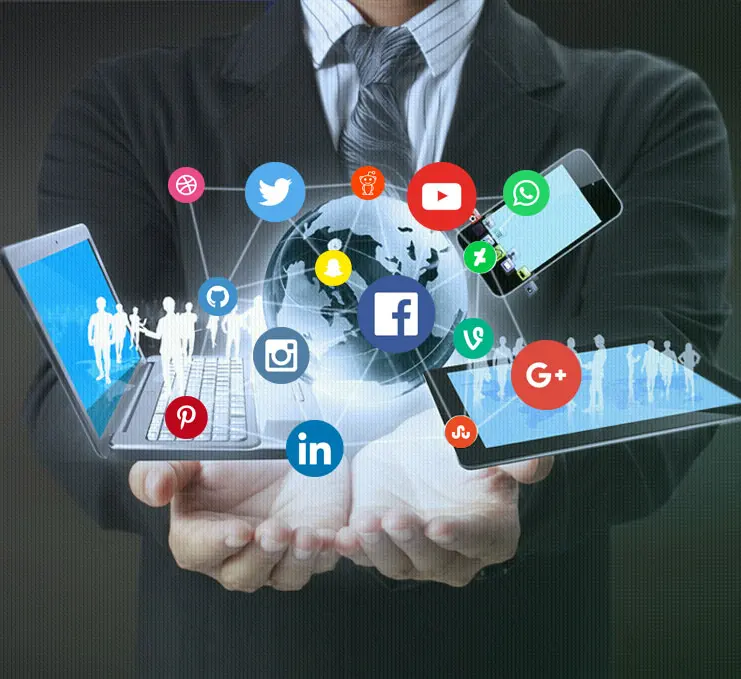
INTERNET
The internet is a worldwide network connecting millions of computers and devices. It allows users to communicate, share information, and access resources through standardized protocols. It plays a crucial role in modern communication, commerce, education, and entertainment by enabling global connectivity and the exchange of data across diverse platforms and services.

LINK
Short for “hyperlink”--object or string of text
that allows you to "jump" to a new location. Usually it is in blue color or you change the color.
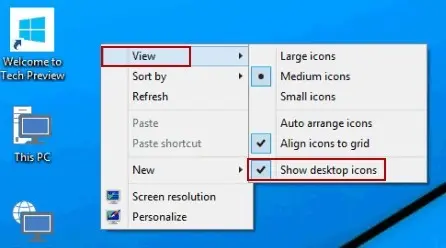
MENU
A list of operations available to the user of a program. Menus can be
accessed a variety of ways, including both left and right click.

HARDWARE
MThe physical equipment of the computer system that you can see and touch.

MINIMIZE
When you minimize a window, you hide it from view. This is commonly done to unclutter the display or to view other open windows without closing the current window. In Windows, minimizing a window will create a button for it in the taskbar. In Mac OS X, an icon for the minimized window is added to the right size of the dock.
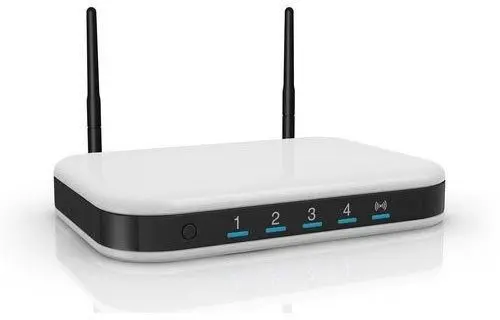
MODEM
| The hardware that allows computer to connect to the internet. |
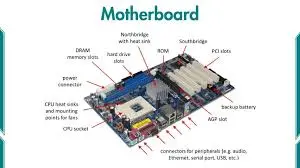
MOTHERBORD
| The motherboard is a computer’s central communications backbone connectivity point, through which all components and external peripherals connect. |

NETWORK
| A collection of computers that are connected. |
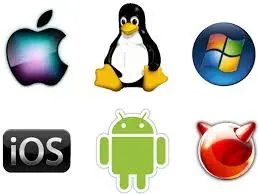
OPERATING SYSTEM
| Most important software on the computer; controls the hardware and makes it possible to run other types of software |
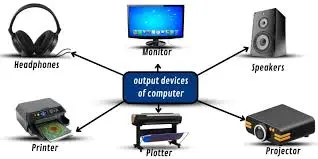
OUTPUT AND OUTPUT DEVICES
| Data generated by a computer is referred to as output. This includes data produced at a software level, such as the result of a calculation, or at a physical level, such as a printed document. Output devices perform these tasks by sending information or instructions to a user or device. |
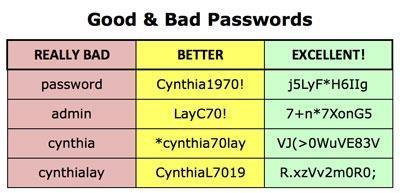
Scroll

|
Password A secret word or phrase used to access information stored on a computer or computer network. Pointers the symbols that appear on the computer screen that indicate your movement of the mouse. Power Button (on/off) Activates or Deactivates a particular device. RAM Random access memory (RAM) is a type of data storage used in computers that is generally located on the motherboard. This type of memory is volatile and all information that was stored in RAM is lost when the computer is turned off. Volatile memory is temporary memory.
|
Algorithm: A prescribed set of rules or instructions designed to address a problem orexecute a specific task within a finite number of steps.
Binary: A numerical system based on powers of 2 (0 and 1) utilized for digital representationand processing in computer systems.
Central Processing Unit (CPU): The principal hardware component of a computer systemresponsible for executing instructions and processing data.
Database: A structured, electronic collection of data organized for efficient storage, retrieval,and management.
Encryption: The process of converting plaintext into ciphertext to ensure secure data transmission or storage.
Firewall: A network security mechanism that monitors and controls incoming and outgoing traffic based on predefined security parameters.
Graphical User Interface (GUI): A visual interface facilitating user-computer interaction through graphical elements like icons, windows, and menus.
HTML (Hypertext Markup Language): A standard markup language employed for creating and structuring web pages.
Internet Protocol (IP): A set of rules governing data packet formatting and addressing for network communication.
JavaScript: A scripting language commonly utilized for client-side web development to enhance webpage interactivity and functionality.
Local Area Network (LAN): A network connecting computers and devices within a confined geographic area, such as a residence, office, or campus.
Malware: Software designed with malicious intent to disrupt, damage, or gain unauthorized access to computer systems or data.
Operating System (OS): System software that manages computer hardware and facilitates the execution of applications.
Random Access Memory (RAM): Temporary storage used by a computer to store actively processed data and instructions.
Search Engine: A web-based tool enabling users to locate and retrieve information from the internet.
Trojan Horse: A type of malware disguised as legitimate software to deceive users and facilitate unauthorized access to systems.
Uniform Resource Locator (URL): A web address utilized to identify and locate resources on the internet.
Virtual Reality (VR): A computer-generated simulation of a three-dimensional environment enabling user interaction through specialized equipment.
Wi-Fi: A wireless networking technology facilitating wireless connection to a local area network.
XML (Extensible Markup Language): A markup language akin to HTML, employed for the storage and exchange of structured data.
Computer storage sizes refer to the capacity of storage media, typically measured in bytes. These sizes include:
Bit (b): The smallest unit of digital data, representing either 0 or 1.
Byte (B): Comprising 8 bits, it's the fundamental unit of storage in most computing systems.
Kilobyte (KB): Equal to 1,024 bytes, commonly used for small files and documents.
Megabyte (MB): Equal to 1,024 kilobytes or approximately 1 million bytes, suitable for larger files like high-resolution images.
Gigabyte (GB): Equal to 1,024 megabytes or about 1 billion bytes, often found in consumer hard drives and SSDs for storing extensive data.
Terabyte (TB): Equal to 1,024 gigabytes or approximately 1 trillion bytes, commonly used for large-scale data storage in enterprises and data centers.
Petabyte (PB): Equal to 1,024 terabytes or about 1 quadrillion bytes, used in massive storage systems for archiving and big data analytics.
Exabyte (EB): Equal to 1,024 petabytes or approximately 1 quintillion bytes, associated with high-performance computing and scientific research.
Zettabyte (ZB): Equal to 1,024 exabytes or approximately 1 sextillion bytes, relevant for global-scale cloud storage and internet traffic analysis.
Yottabyte (YB): Equal to 1,024 zettabytes or around 1 septillion bytes, representing an immense theoretical storage capacity, often discussed in futuristic scenarios.
COMPUTER STORAGE TYPE
Computer storage sizes refer to the capacity of storage media, typically measured in bytes. These sizes include:
Bit (b): The smallest unit of digital data, representing either 0 or 1.
Byte (B): Comprising 8 bits, it's the fundamental unit of storage in most computing systems.
Kilobyte (KB): Equal to 1,024 bytes, commonly used for small files and documents.
Megabyte (MB): Equal to 1,024 kilobytes or approximately 1 million bytes, suitable for larger files like high-resolution images.
Gigabyte (GB): Equal to 1,024 megabytes or about 1 billion bytes, often found in consumer hard drives and SSDs for storing extensive data.
Terabyte (TB): Equal to 1,024 gigabytes or approximately 1 trillion bytes, commonly used for large-scale data storage in enterprises and data centers.
Petabyte (PB): Equal to 1,024 terabytes or about 1 quadrillion bytes, use in massive storage systems for archiving and big data analytics.
Exabyte (EB): Equal to 1,024 petabytes or approximately 1 quintillion bytes, associated with high-performance computing and scientific research.
Zettabyte (ZB): Equal to 1,024 exabytes or approximately 1 sextillion bytes, relevant for global-scale cloud storage and internet traffic analysis.
Yottabyte (YB): Equal to 1,024 zettabytes or around 1 septillion bytes, representing an immense theoretical storage capacity, often discussed in futuristic scenarios.
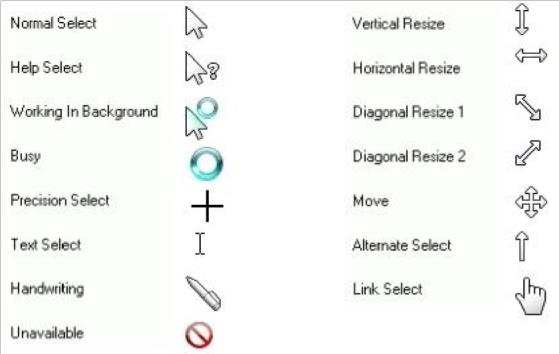
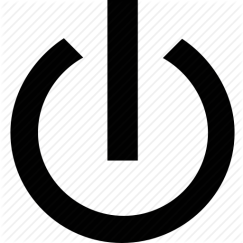
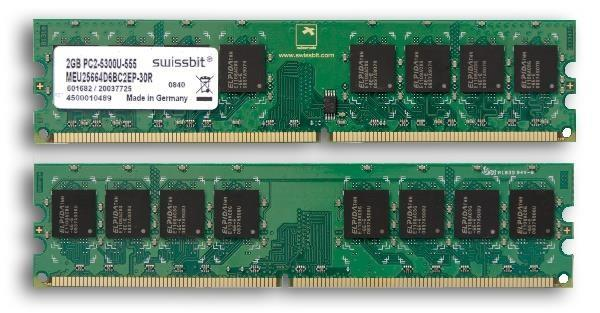
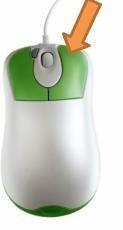
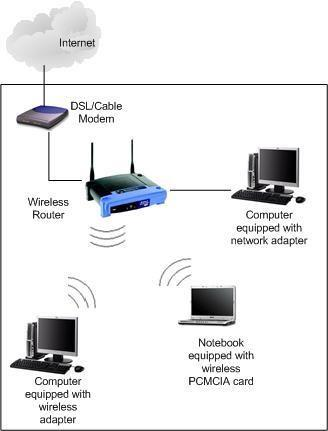
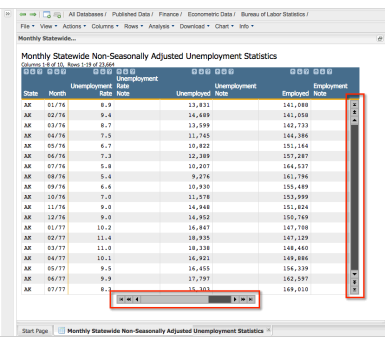
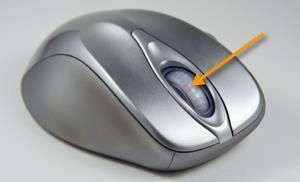
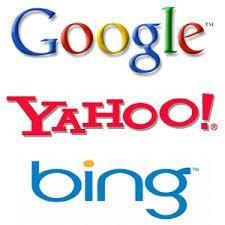
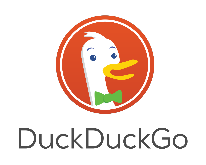
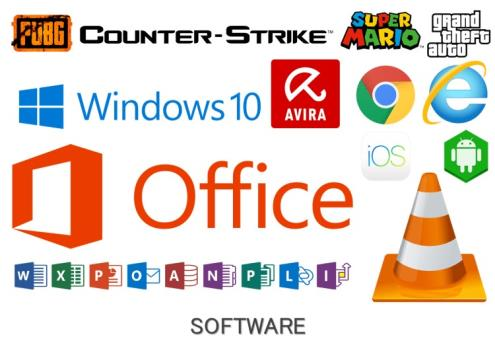

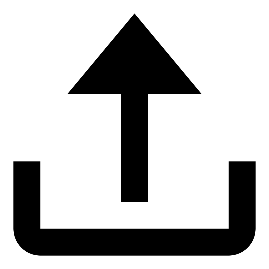
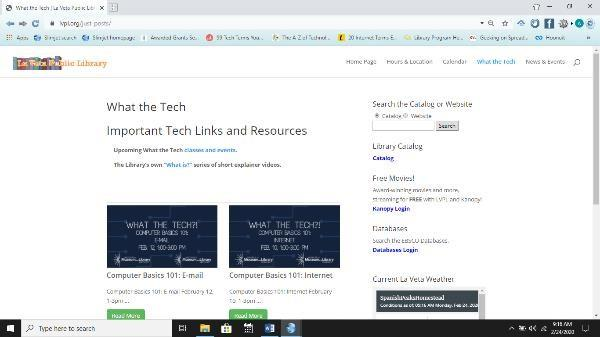

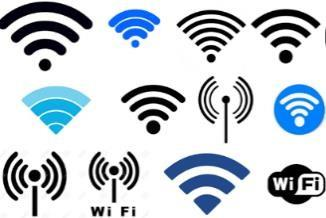
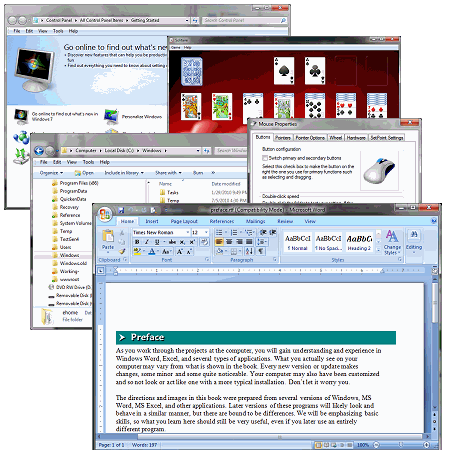
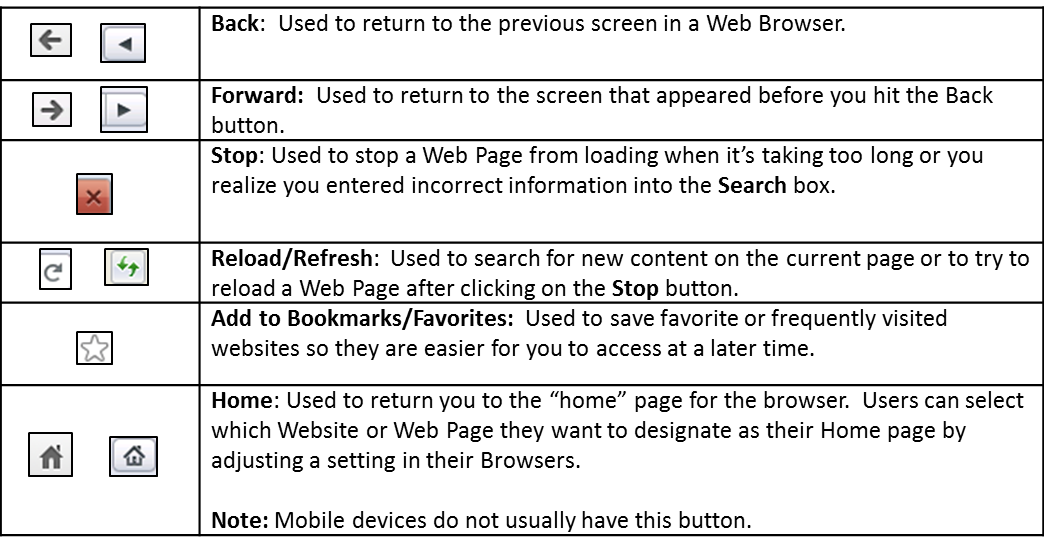
TECH DICTIONARY